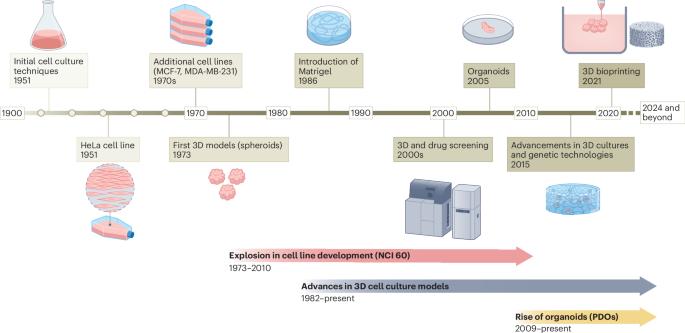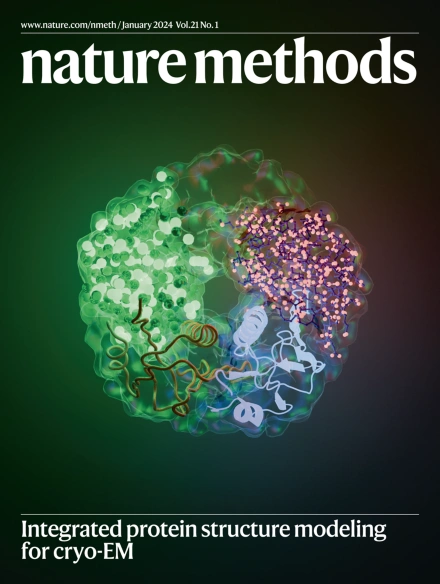From 2D to 3D and beyond: the evolution and impact of in vitro tumor models in cancer research
IF 32.1
1区 生物学
Q1 BIOCHEMICAL RESEARCH METHODS
引用次数: 0
Abstract
In vitro tumor models are essential tools for cancer research, offering key insights into not only tumor biology but also therapeutic responses. The transition from traditional two-dimensional to three-dimensional organoid systems marks a paradigm shift in cancer modeling. Although two-dimensional models have been instrumental in elucidating fundamental molecular and genetic mechanisms, they fail to accurately replicate the intricate three-dimensional architecture and dynamic microenvironment characteristic of human tumors. Here we outline how advanced organoid technologies now enable more faithful recapitulation of tumor heterogeneity that better mimic native tissue mechanics and biochemistry. We discuss emerging methods, including air–liquid interface cultures, microfluidic tumor-on-a-chip devices and high-content imaging integrated with machine learning, which collectively address longstanding challenges such as matrix variability and the limited incorporation of immune and vascular elements. These innovations promise to enhance reproducibility and scalability while providing unprecedented insights into tumor biology, cancer progression and therapeutic strategies. This Perspective discusses recent progresses in development of in vitro tumor models and the current challenges in this field.

从2D到3D及以后:体外肿瘤模型在癌症研究中的演变和影响。
体外肿瘤模型是癌症研究的重要工具,不仅提供了肿瘤生物学的关键见解,而且还提供了治疗反应。从传统的二维到三维类器官系统的转变标志着癌症建模的范式转变。尽管二维模型在阐明基本的分子和遗传机制方面发挥了重要作用,但它们无法准确地复制人类肿瘤复杂的三维结构和动态微环境特征。在这里,我们概述了先进的类器官技术现在如何能够更好地模拟天然组织力学和生物化学,更忠实地再现肿瘤异质性。我们讨论了新兴的方法,包括气液界面培养、微流控肿瘤芯片设备和与机器学习集成的高含量成像,这些方法共同解决了长期存在的挑战,如基质可变性和免疫和血管元素的有限结合。这些创新有望提高可重复性和可扩展性,同时为肿瘤生物学、癌症进展和治疗策略提供前所未有的见解。
本文章由计算机程序翻译,如有差异,请以英文原文为准。
求助全文
约1分钟内获得全文
求助全文
来源期刊

Nature Methods
生物-生化研究方法
CiteScore
58.70
自引率
1.70%
发文量
326
审稿时长
1 months
期刊介绍:
Nature Methods is a monthly journal that focuses on publishing innovative methods and substantial enhancements to fundamental life sciences research techniques. Geared towards a diverse, interdisciplinary readership of researchers in academia and industry engaged in laboratory work, the journal offers new tools for research and emphasizes the immediate practical significance of the featured work. It publishes primary research papers and reviews recent technical and methodological advancements, with a particular interest in primary methods papers relevant to the biological and biomedical sciences. This includes methods rooted in chemistry with practical applications for studying biological problems.
 求助内容:
求助内容: 应助结果提醒方式:
应助结果提醒方式:


